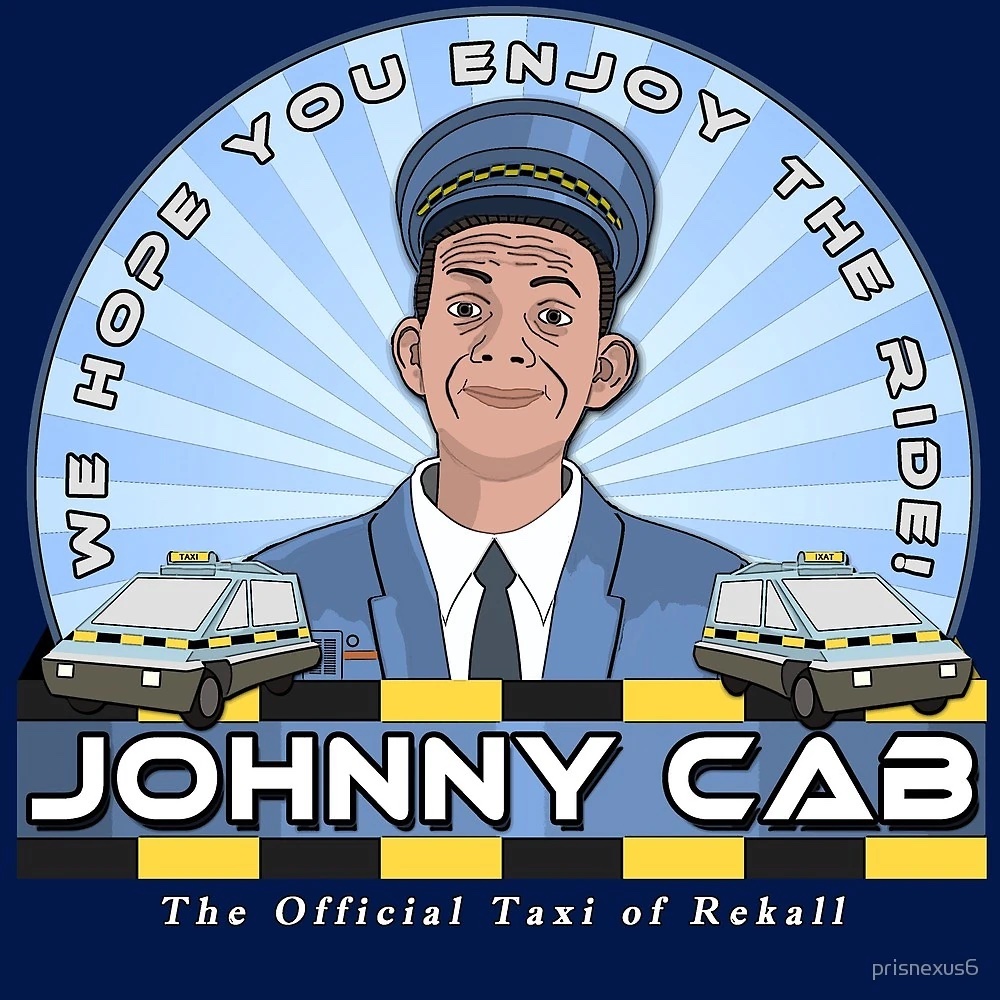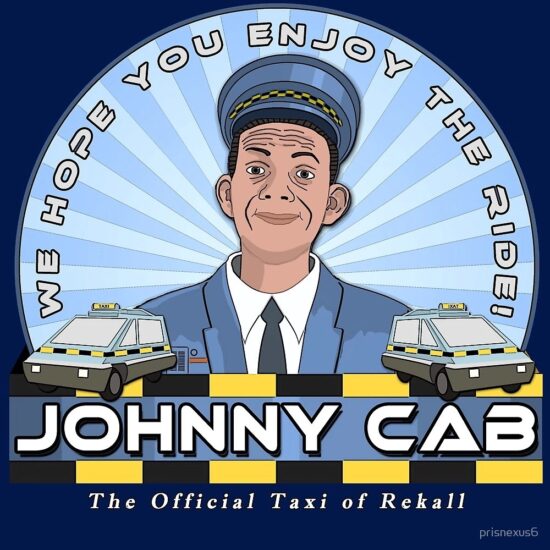by Wallace Wyss –
Elon Musk seems to be leading the way on this–a robot driven taxi. He has the platform, the skateboard as it were. He has the AI technology. I am not sure which state laws in which states require a person be at the wheel of a robot piloted vehicle. He’s got the tech, just needs permission.
Some drawings show a stubby four door van. I have heard rumors of it being divided into passenger sub-compartments, say each one big enough for two people. Presumably you wouldn’t be able to see the compartment next to you for privacy. Here’s where I have some qualms I haven’t taken taxis much (though it seems I did ride in a human-powered one in HK) but I would want to know who is getting into the compartment adjoining and what are they carrying?
For instance if a heavily tattooed (including neck and face) gang member styled guy got in, carrying long bundles (long enough for, say, an AR15) I’d want to bail out right there. Right now I think in most cities those renting a taxi have the passenger compartment to themselves and the driver has to ask permission of the first rider if they want to let another rider share the ride. But I don’t know if a Robotaxi rider will have the clout to refuse entrance to new riders. Plus every time it stops for a new rider while already carrying one, the original rider loses precious time. What happens if each new passenger takes 10 minutes to get himself and his gear in? And what happens if it stops three times for passengers? That’s 30 minutes lost to the original passenger who booked the ride for each additional passenger. Maybe you can book it exclusive but that defeats the purpose of lessening traffic on the road.
Then too, since the already-on-board passengers might not be able to see who or what is going into the adjoining cubicle, how do we know somebody hasn’t just loaded on a time bomb and closed the door. Does the robot driver have the ability to refuse entrance if there is no passenger or cargo only? How do the already on board passengers feel about that? At airports, as plane passengers, we count on FAA screeners to catch suspicious cargo before it gets put on board. But if there is no human driving the Robotaxi, who’s checking what’s loaded onboard?
Another worry for parents. Send the kids to school by Robotaxi, right? Except hackers may divert the vehicle to God knows where. You’ve just handed your kids to a kidnapper. I have heard estimates that Robotaxis will greatly reduce the cost of taxi service but until I have all these questions answered, count me out.
The key reason Elon Musk wants level 5 autonomous driving (no safety driver human required) is that it will make your own Robotaxi a money maker for your family. While you’re at work it can be gadding about town–picking up and delivering passengers–maybe making you a couple of hundred a day. Surely enough to pay the car payment.
By the way, pending US approval, I think Tesla will institute it in say little populated areas, or in primitive countries where there’s unlikely to be lawsuits should something go wrong….there’s even some states that experimentally permitted level 5 autonomous taxis but there’s been fatalities. I don’t think a state should allow them to be operated in their state without a statewide vote where voters permit their use…
Let us know what you think in the Comments.
THE AUTHOR Wallace Wyss co-hosts Autotalk, a weekly show about cars broadcast weekly from KUCR FM Riverside.





What’s with all this privacy? Buses don’t have compartments. Trains don’t either for most of the riders. Planes don’t protect anybody’s privacy. On the contrary. I say cab riders can just behave in an egalitarian fashion, and enjoy the stink, and endure the inane chatter. It’s not a very long ride!
I think for women not to be hit on, they would like robotaxi ride to be for them exclusively. But it may be a 2 (or 3 or 4 tiered)system where if you re rider No.1, you can get the vehicle to ban all additional passengers until you reach your destination. But then the greenies who want to reduce cars on the road might ban the ability to opt for single ridership.